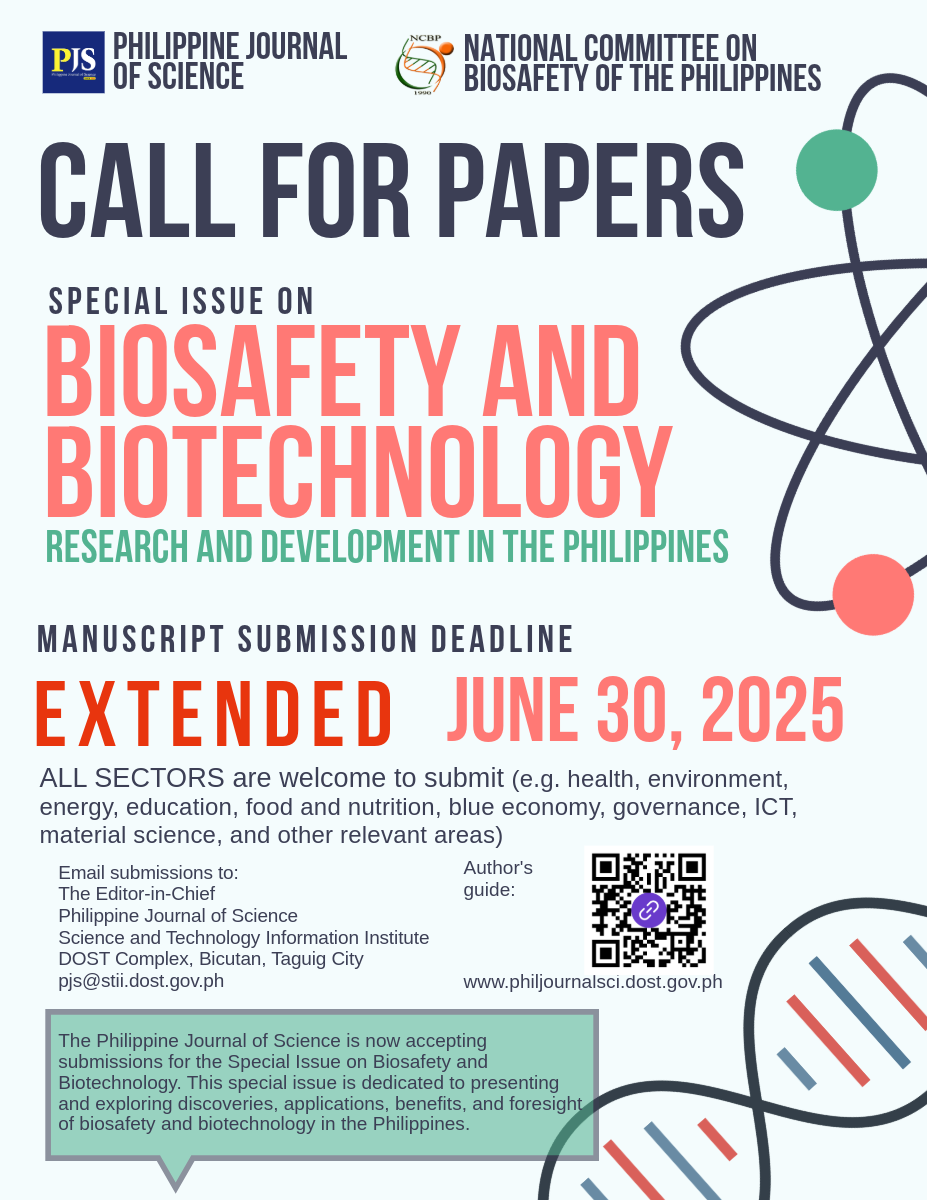PJS Vol 131 No. 1, June 2002
Page 59-64
0031-7683
Spectrophotometric and HPLC Methods for Simultaneous Estimation of Nimesulide and Paracetamol from Tablets
Indrajeet Singhvi
Department of Pharmacy, Mohal Lal Sukhadia University
Udaipur (Raj.) 313001 India
corresponding author: This email address is being protected from spambots. You need JavaScript enabled to view it. / This email address is being protected from spambots. You need JavaScript enabled to view it.
ABSTRACT
Four simple, accurate, economical and reproducible UV spectrophotometric and one HPLC methods for simultaneous estimation of two component drug mixture of nimesulide and paracetamol in combined tablet dosage form have been developed. First developed method employs multiwavelength spectroscopy using 395.0 nm and 257.0 nm as two wavelength for estimation. Second method involves first derivative spectroscopy using 369.0 nm and 296.0 nm as zero crossing points. Third method involves direct estimation of nimesulide at 395.0 nm and formation and solving of molar absorptivity equation at 257.0 nm for estimation of paracetamol. Fourth developed method involves two wavelength spectroscopy for estimation of paracetamol, two wavelengths selected for this method were 257.0 nm and 338.5 nm. Developed HPLC method is reverse phase chromatographic method using Inertsil C18 column and methanol:ammonium acetate buffer :: 80:20 pH 7.5 as mobile phase. Caffeine was used as internal standard for HPLC method. All developed methods obey Beer’s law in concentration range employed for respective methods. Results of analysis were validated statistically and by recovery studies.
INTRODUCTION
Paracetamol, chemically 4-hydroxy acetanilide has analgesic and antipyretic activity and is official in United States Pharmacopoeia (USP 1995), British Pharmacopoeia (BP 1993) and Indian Pharmacopoeia IP 1996). USP describes HLPC method whereas IP and BP suggest spectrophotometric method for estimation of paracetamol from tablet formulation. . . . . .
REFERENCES
British Pharmacopoeia. 1993. British Pharmacopoeia Commission 2: 1042.
ASCAN TI, HUNTER BT. 1988. Journal of Chromatography 455: 279.
CASTOLDI D, MONZANI V, TOTANETLI D. 1988. Journal of Chromatography and Biomedical Application 425: 413.
CHANG SF, MILLER AM, OBER RE. 1997. Journal of Pharmaceutical Sciences 66: 700.
CHOWDARY KPR, DEVATA RAO G. 1997. The Eastern Pharmacist 476: 151.
FABRIZIO DE. 1975. Asian Journal of Pharmaceutical Sciences. 1: 61.
DEODHAR RD, SHASTRI MR, MEHTA RC. 1976. Indian Journal of Pharmacy 38: 18.
DU J, QU X. 1988. Yaowu Fenxi Zazhi 8: 361.
RAJPUT SJ, RANDIVE G. 1997. The Eastern Pharmacist 475: 113.
RAU HL, ARROR AK, GUNDU RAO P. 1990. Indian Drugs 28: 563.
REDDY KS, SANKAR DG, SREEDHAR K. 1998, The Eastern Pharmacist 483: 119.
RHODES HJ, DC NARDOJJ, BODE DVV, BLAKE MT. 1975. Journal of Pharmaceutical Sciences 64: 1380.
SANE RT, SURVE SR, GANGRADE MG, BAPAL TV, CHRONKAR NL. 1993. Indian Drugs 30: 205.
The Pharmacopoeia of India. 1996. The Controller of Publication, New Delhi. 2: 555.
United States Pharmacopoeia. 1995. 18th edition. United. States Pharmacopoeia Convenion Inc. 23: 16.









